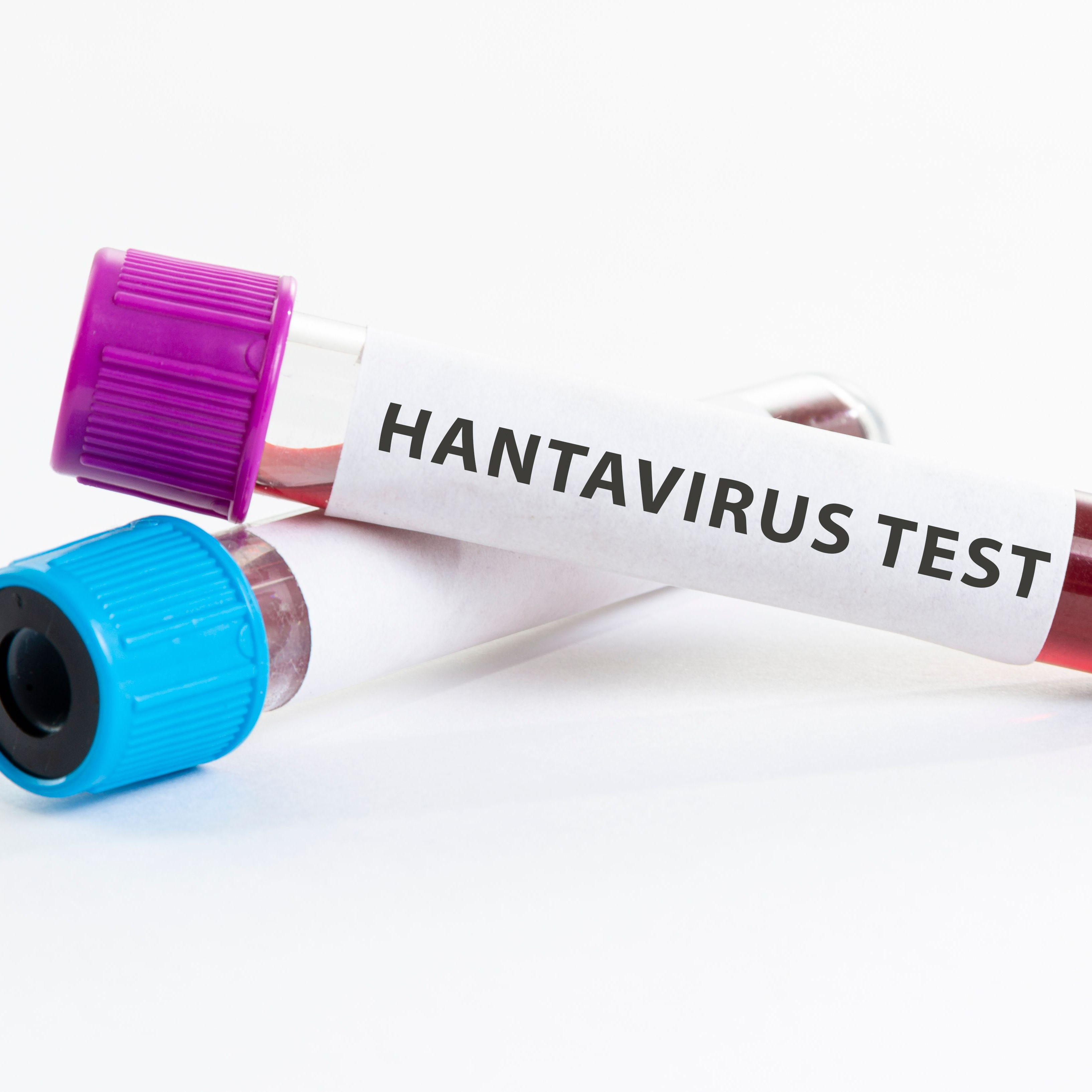
What are hantavirus infections?
To answer the question of what hantavirus infections are, it is first necessary to clarify the question of what actually is the hantavirus?
Hantaviruses occur all over the world and are the cause of many different diseases.
Mostly the pathogens are transmitted to humans via rodents, for example mice. In German regions, this happens most frequently via the red-backed vole.
Many types of viruses are transmitted from rodent species to humans without the animal itself becoming ill . The number of infections varies each year. It probably depends on how many animals carry the viruses and how high the population of rodents is.
How are hantavirus infections transmitted?
Infected rodents such as mice or rats excrete the viruses with their faeces, urine and saliva. Even if the excretions have already dried , the viruses are still contagious for several days. For a transmission of hantavirus infections to take place, no compelling contact with an animal is necessary. In most cases, the viruses are inhaled. This happens quite quickly, for example when dust containing the virus is stirred up. Of course, transmission is also possible through a bite from the rodent. Or you get infected during everyday gardening, for example when contaminated soil can enter the body through the smallest cracks in the skin. Even transmission through food is possible, namely if it is contaminated by excretions from infected rodents . However, one thing is very important to know: The pathogen types that occur in Germany cannot be transmitted from person to person.
Which people are particularly at risk for hantavirus infections?
People in the risk areas are particularly at risk during the following work:
- Work in forestry,
- Gardening,
- Work in agriculture,
- Staying and cleaning in sheds and barns and stables,
- Outdoor activities such as camping in regions particularly affected by rodents.
Which hantaviruses are predominantly found in Germany?
Hantaviruses are divided into different virus types. The ones most commonly found in Germany are as follows:
- Puumalavirus: This type of hantavirus occurs most frequently in Germany, with the west and south being most affected. The vector is usually the red-backed vole. Especially in the regions of the Franconian and Swabian Alb, Bavarian Forest, Osnabrück and Münsterland, infections with the hantaviruses have been detected in recent years.
- Dobrava-Belgrade virus: The virus occurs mainly in the east and north of Germany. The carriers are mostly fire mice, which are particularly at home in the eastern and northern parts of the country.
- Seoul virus: The host animals of these viruses are mainly wild rats and breeding rats. The first cases of infection with Seoul viruses were detected in Lower Saxony in 2019.
- Tulavirus: Causes for transmissions of Tulaviruses are predominantly field mice, which are indigenous everywhere in Germany. The very first infection detected in Germany was also in 2019.
What is the incubation period for hantavirus infections and how long is one considered contagious?
For hantavirus, the incubation period is about two to four weeks. Infected persons are not considered contagious because transmission from person to person is not possible in Germany due to the type of virus.
What are the symptoms of hantavirus infections?
Depending on which of the different types you are infected with, an infection can be mild, normal or severe. Many patients do not show any symptoms at all when they are infected with hantaviruses . Usually, the first symptoms are fever and flu-like symptoms. Headache, muscle and joint pain are also common signs of illness. Some people also suffer from reddening of the throat, blurred vision and coughing. After a few days , stomach pains, diarrhoea and vomiting also occur. Circulatory disorders are also not uncommon. Kidney function may even be temporarily impaired. Deaths are rather rare in the German region and the disease usually heals without complications.
How are hantavirus infections diagnosed?
If there is a suspicion of hantavirus infections, the doctor will first take the medical history and carry out a physical examination to be able to rule out other diseases. Since the symptoms of a hantavirus infection are very unspecific, the doctor will take blood for reliable detection. This is then analysed in the laboratory for corresponding antibodies. This is the only way to make a reliable diagnosis.
How are hantavirus infections treated?
There is no medication for the hantavirus. For pain and fever , paracetamol or ibuprofen can be taken. If the course of the disease is severe , a patient may have to be treated in hospital . However, this is quite rare. Otherwise, is advised to stay in bed, eat a light diet and avoid alcohol and nicotine.
How can you protect yourself from hantavirus infections?
The following tips are essential to protect yourself from hantavirus infections:
- Wash your hands thoroughly after every stay in the cellar, outdoors, sheds or attics.
- Rats and mice near human living areas should be controlled.
- To avoid attracting rodents in the first place, food and pet food should always be kept tightly closed and secure.
- Waste should be disposed of in sealable bins.
- Animal waste and food scraps should not be put in the household compost.
- Rodent nesting sites such as rubbish heaps and bulky waste should always be disposed of immediately.
- Contact with rodent droppings should always be avoided.
- If droppings need to be disposed of, gloves should always be worn, DO NOT use a hoover and air out for at least 30 minutes.
Is there an obligation to report hantavirus infections?
According to the Infection Protection Act, suspected illness, illness and death caused by hantaviruses must be reported by name.
